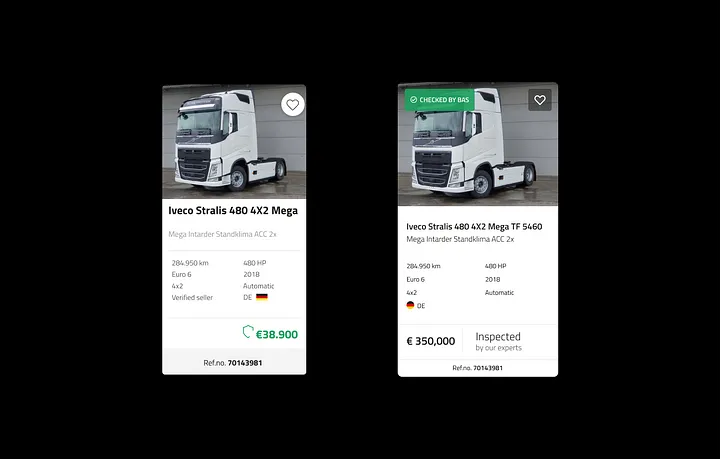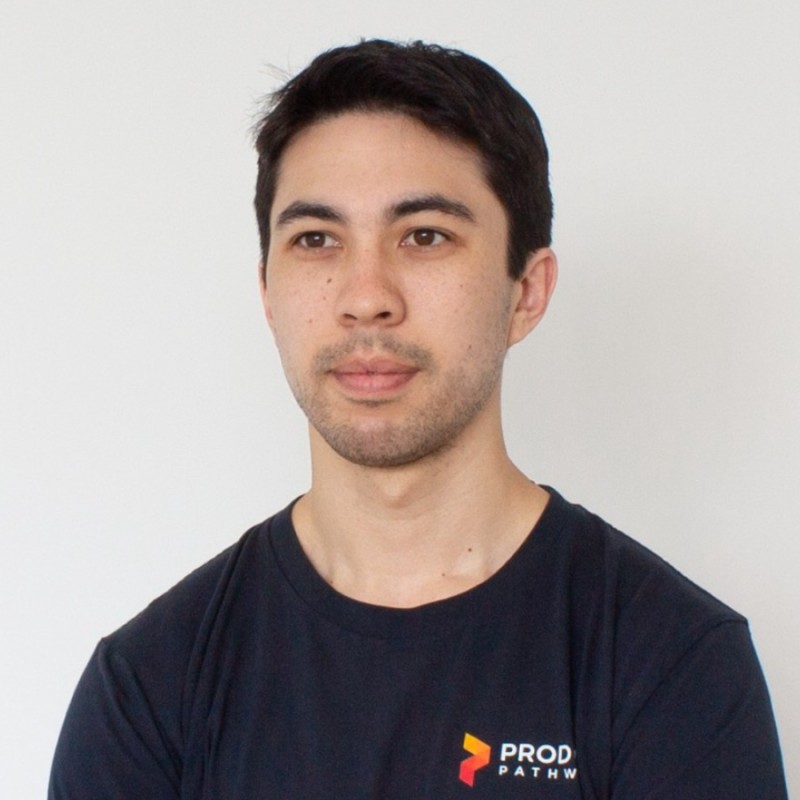Have you ever wondered how the digital products you can’t live without got to be so… indispensable? The secret isn’t just in the innovative features or slick design; it’s the magic of continuous user research. This isn’t just about any research—it’s the kind that keeps you in constant conversation with your users. And here’s a kicker: It might only take two hours every six weeks to see a drastic improvement in user experience.
But what does “continuous user research” mean? It’s about regularly diving into your users’ world, getting to know their experiences, struggles, and needs. This isn’t a one-and-done deal; it’s about creating a dialogue that keeps going as long as your product does.
The Low Bar That Leads to High Rewards
Let’s start with a surprising fact: dedicating just two hours every six weeks to user research can significantly boost your product’s user experience. This golden nugget comes from none other than Jared Spool, a luminary in the UX field, and his team at Center Centre. This seemingly modest investment is the threshold they found for making a real impact.

Ant Murphy put a great illustration together to highlight this point.
So, why does this “low bar” matter? Because it sets a realistic goal. Every product team can carve out two hours in six weeks, but the magic lies in doing it consistently.
“Those who spent less than 2 hours with their users within a 6 week period had a substantially worse user experience than those who spend 2 hours or more.”
Overcoming User Research Hurdles
Yes, talking to customers can seem daunting. Scheduling conflicts, crafting the right questions, and fearing negative feedback can all feel overwhelming. But let’s shift our perspective. These conversations aren’t a hurdle; they’re an opportunity. They’re your chance to get into the heads and hearts of those you’re designing for. And the good news? It gets easier with practice, becoming a habit as natural as your morning coffee.
These two hours are your golden hours, a time to unearth the gold mine of insights that users offer. When you listen, you learn; when you learn, you iterate; when you iterate, you improve. It’s the cycle that keeps on giving.
What do these hours look like in practice? It could be a structured interview, a casual conversation, or observing a user interact with your product. The key is to be present, curious, and open to learning something new.
Helio: Your Accelerator for Quick Feedback
Now, what if you need feedback, like yesterday? That’s where tools like Helio come into play. Helio offers a way to get quick, targeted feedback that complements your ongoing conversations. Think of Helio as the espresso shot to your user research coffee.
Using tools like these can cut the time you need to gain insights, but they don’t replace the deep, qualitative understanding that comes from direct interaction. They’re part of a balanced research diet.
Exploration
- Asked participants open ended questions to understand all the available avenues for getting a suit for a formal event
- “If none of my friends had one I could borrow, I would search the phone book yellow pages or internet for the closest place to rent or buy the suit.”
Action Mapping
- Once all the options have been determined, we placed them in front of participants to determine the most likely pathways

Journey Validation
- Now that we’ve identified renting a suit as a popular option, we can verify the specific elements that go into that user journey

“That’s not very long, what if you need it for an extended event or one that you need to travel for.”
Helio Participant
Iteration Overload: Why More is More
You might think, “Why not just do one big research session and be done with it?” Well, because the world of your users is ever-changing. What they love today, they might find cumbersome tomorrow. Small, frequent iterations allow you to keep pace with these changes.
“You’re far better off doing 10 iterations of 8x user interviews than doing one iteration of 80, even if 80 was the perfect sample size. In other words, continuous exposure > concentrated.”
Frequency Over Quantity: Consider doing ten rounds of eight user interviews rather than one round of 80. You’ll stay nimble, responsive, and, most importantly, aligned with your users’ evolving needs. It’s not about the volume of data but the frequency of insights. Continuous user research means you’re always learning, tweaking, and improving.
Continuous Exposure vs. Concentrated Effort: Imagine you’re learning a new language. Would you practice intensely for a weekend and then not touch it for months? Or would you practice a little every day? Continuous exposure to your users is like practicing daily—it embeds their needs into your product’s DNA, making for experiences that truly resonate.
Consider continuous as compound interest. The more regularly you invest time in user research, the more your knowledge grows, and the better your product becomes.
Making Continuous User Research Work for You
So, how do you weave continuous user research into your busy schedule? Start with a plan. Decide how you’ll reach out, who you’ll talk to, and what tools you’ll use. Then, make it a non-negotiable part of your process, as routine as checking your emails. And remember, it doesn’t have to be a solo mission. Involve your team, share the insights, and watch as user-centricity becomes your collective mantra.
Ready to make continuous user research part of your DNA? Here’s are practical steps to integrate continuous user research into your workflow:
- Commit to the Schedule: Block out two hours every six weeks, no exceptions.
- Recruit with Ease: Keep a running list of users interested in providing feedback.
- Create a Feedback Loop: Integrate findings into your development cycle.
- Use the Right Tools: Helio for quick surveys or a simple video call setup for in-depth interviews, have your tools ready.
- Document Religiously: Keep track of feedback and how you’ve responded to it.
Success Stories: Continuous User Research in Action
Need inspiration? Look at companies that have made continuous user research part of their culture. They’re setting industry standards with products that aren’t just used but loved. These companies don’t just understand their users; they anticipate their needs, creating a loyal following that’s the envy of their competitors.
Continuous User Research Case Study: BAS World
One of the world’s largest traders in trucks, trailers, machinery, and commercial vehicles, BAS World (part of the BAS Group) is a leading online vehicle trading platform that receives over half a million visitors each month. However, the platform was only launched in 2021 and the team needed to quickly learn about online user preferences and behavior.
After identifying who within the organization needed to be informed about progress, the user research team decided to focus on improving purchase certainty as a way of delivering business value in the short-term and fostering a culture of continuous research within the organization. The BAS World team tested existing design elements and webpage copy, then created prototypes of possible new web design layouts to test with an audience.

Creating a base for further discovery topics gave the BAS World team an opportunity to find and improve the product roadmap based on user research. They added business value without jumping into solutions based on assumptions. Instead, they used these assumptions to delve into even more possibilities. Read the full case example here.
Bring your team to the continuous research party
In Jared’s recent analysis, they made a compelling discovery regarding team composition and its impact on project outcomes. They observed that teams that integrated non-design roles, such as product managers, executives, technical support, and quality assurance, alongside designers and developers, achieved more effective results.
This was particularly evident when only designers and developers were involved in direct user interactions, like field studies or usability tests. In these situations, non-participating stakeholders often found themselves at odds with the core design team, lacking firsthand user experience insights.
However, a significant shift occurred when these non-design roles actively engaged in user research. Their direct involvement led to a more balanced and research-informed approach to design decisions, aligning the entire team towards a user-centric methodology.
Many teams are now incorporating user experience exposure into their performance reviews to encourage this inclusive approach. This emphasizes the value of user experience and ensures that all team members, regardless of their role, are equally invested in understanding and meeting user needs.
Given these findings, it might benefit your team to:
- Encourage cross-disciplinary participation in user research activities.
- Track and measure user exposure for all team members as a key performance indicator.
- Facilitate regular discussions among all team members to share insights from user interactions.
- Integrate these practices into performance evaluations, reinforcing the importance of a user-centered approach across all roles.
Continuous User Research FAQs
Continuous user research involves regularly engaging with your users to understand their experiences, struggles, and needs. It’s vital because it creates an ongoing dialogue with users, ensuring that your product remains relevant and user-centric.
According to Jared Spool and his team at Center Centre, dedicating just two hours every six weeks to user research can significantly enhance your product’s user experience. This consistent, modest investment of time can yield considerable benefits.
Teams may encounter hurdles like scheduling conflicts, crafting effective questions, or fear of negative feedback. Overcoming these involves viewing these conversations as opportunities for improvement and making them a routine practice.
Helio and similar tools provide quick, targeted feedback, acting as supplements to ongoing user conversations. They can expedite the insight-gathering process, though they don’t replace the depth of understanding gained from direct user interaction.
Frequent research iterations allow for continuous adaptation to the ever-changing preferences and needs of users. Continuous exposure to users helps in making iterative improvements and staying aligned with their evolving needs.
Teams can integrate continuous user research by planning regular sessions, using tools like Helio for quick feedback, creating feedback loops in their development cycle, documenting feedback, and involving the whole team in the process.
Involving non-design roles such as product managers and executives in user research leads to more balanced and informed design decisions. It ensures that all team members, regardless of their role, contribute to and understand the user-centric approach, enhancing overall product effectiveness.




